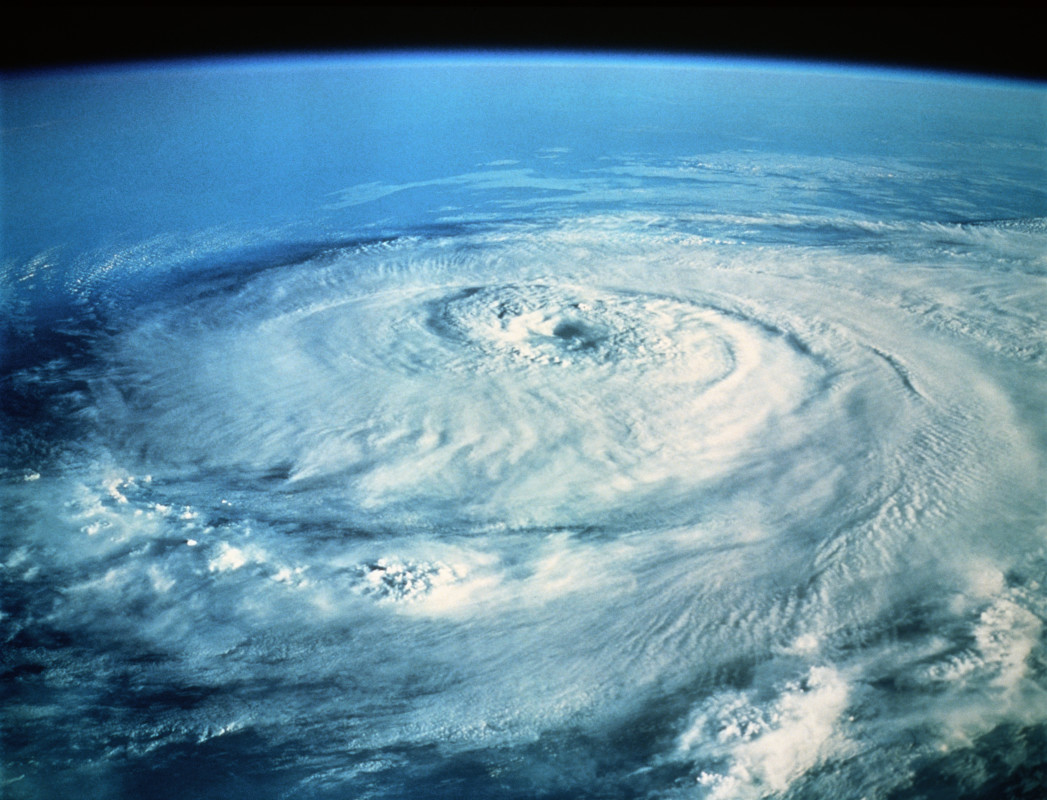No products in the cart.
Fitness Tips
Hurricane Milton Reaches Historic Milestone as Storm Targets Florida

Hurricane Milton strengthened into an extremely dangerous Category Five hurricane today, growing from Tropical Storm strength just one day ago and undergoing one of the fastest rapid intensification processes of all time in the North Atlantic.
According to the National Hurricane Center, Milton went through the third-fastest rapid intensification process in history, behind only Hurricane Wilma (2005) and Hurricane Felix (2007). Rapid intensification is defined as a windspeed gain of at least 35 mph in a 24-hour period.
As of 2 p.m. on Sunday, Oct. 6, Milton was a Category One hurricane with wind speeds between 75 and 90 mph. By 2 p.m. on Monday, Oct. 7, it was a Category Five with wind speeds of 160 mph. It has since strengthened further, with winds reaching nearly 175 mph.
The storm is likely to weaken some before it makes landfall on Florida’s west coast later this week. Still, it’s forecast to slam into the greater Tampa Bay metro area, part of the state that hasn’t seen a direct hit by a major hurricane in over a century. Current landfall is anticipated for sometime late Wednesday, Oct. 9 or early Thursday, Oct. 10.
The area was dealt a (relatively) glancing blow just weeks ago when Hurricane Helene passed by offshore, eventually ramming into Florida’s Big Bend before dumping feet of rain onto the Appalachian Mountains in North Carolina, causing widespread damage. Still, areas like St. Pete Beach and Anna Maria Island saw significant storm surge.
Now, evacuations are underway for several coastal counties, as meteorologists try to predict exactly where Milton will make landfall and how strong it will be when it does.
Source link

